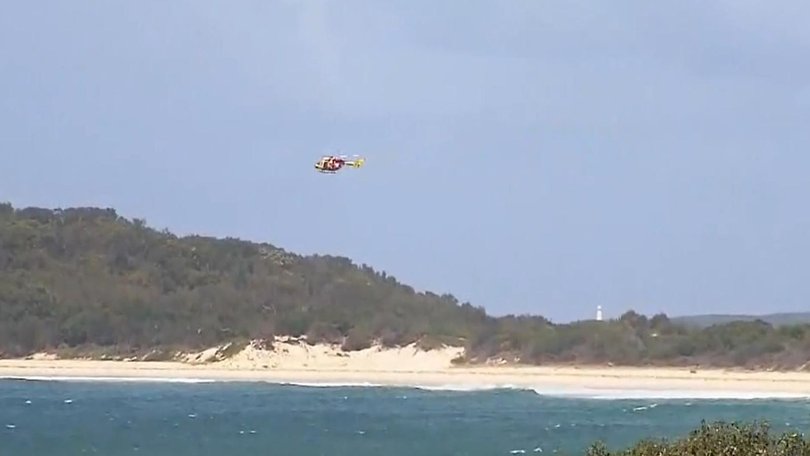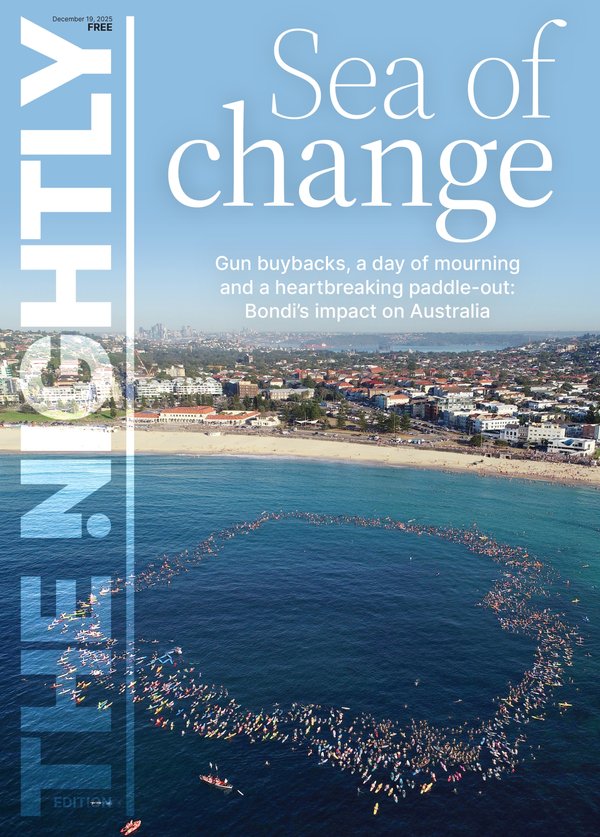Helicopter pilot held food in hand when he hit turbulence, reducing ability to control aircraft: new report

A new report has revealed that a pilot who died in a helicopter crash on NSW’s Mid-North Coast region hit turbulence and struggled to regain control as he held food in his hand.
The Australian Transport Safety Bureau (ATSB) has released its report into the October 26, 2023 crash that killed experienced pilot Ed Kraft, 54, from the NSW town of Jindabyne.
Mr Kraft was flying from Cessnock Airport to Wallis Island Airport, north of Newcastle.
Sign up to The Nightly's newsletters.
Get the first look at the digital newspaper, curated daily stories and breaking headlines delivered to your inbox.
By continuing you agree to our Terms and Privacy Policy.The report found that while crossing over the Yacaaba Headland the helicopter hit turbulent air, rolled right and started to climb.
Mr Kraft tried to use his left hand to fight back control of the aircraft, as his other hand was occupied.
“The pilot was eating at this time, with the food being held in their right hand,” the report found.
This unfortunately impacted his ability to regain control.
“At the time the helicopter encountered turbulence, the pilot’s right hand was occupied, resulting in them manipulating the cyclic with their unsupported left hand,” the report found.

“This reduced the pilot’s ability to slow the aircraft in a timely manner using co-ordinated flight control inputs.
“The pilot was occupied with non-flying related tasks for much of this time, specifically, mobile phone use and the consumption of food and beverages.”
Mr Kraft flew a Robinson R66 helicopter, which was found when it hit the waters of Providence Bay, near Hawks Nest.
The horror crash started after the helicopter reached an “excessive roll angle” that led to an in-flight break-up.
The ATSB also found that the aircraft entered a low-G condition due to the turbulence and the pilot’s reaction, which was contributed to by an asymmetric horizontal stabiliser design in the helicopter.
Following the crash, the manufacturer of the aircraft has developed a horizontal stabiliser that will be fitted to all new Robinson helicopters, while a new safety notice will also be issued to pilots giving guidance on low-G, turbulence, and pilot distraction.
